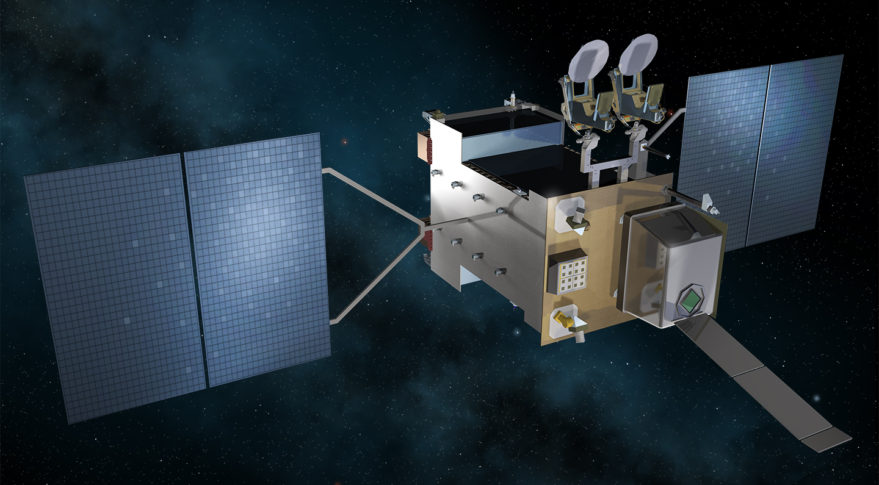
Lockheed Martin won a contract to build Space Force’s brand new constellation of missile warning satellites for $4.9 billion. This comes after another contract in 2018 to start research and development for these new satellites. This constellation of satellites will replace the Space Based Infrared System currently in operation.
These current satellites were criticized for their security flaws back in 2017 by the former commander of the U.S. Strategic Command General Jay Hyten, who is now the Vice Chairman of the Joint Chiefs of Staff.
This harsh criticism caused the quickest development of a system like this yet with all satellites being delivered to the Space Force by 2028 and hopes that the first satellite could launch in 2025. The contract pays for the building of three satellites that will go in a geosynchronous orbit around the Earth. Two more satellites will be built by Northrup Grumman and launched into polar orbits.
“A space program of this size — which includes developing two entirely new missile warning payloads — has never moved this fast,”
Tom McCormick, Lockheed Martin’s vice president for overhead persistent infrared systems
While this contract has been in the works longer than the Space Force has been around, quick acquisition contracts like this have been a goal of the newest branch since its inception. That’s good news for companies that deal in the defense contracting business. When a company doesn’t have to have funding for a large team of procurement professionals to negotiate these contracts for years, there’s an opportunity for more competition and lower costs to the taxpayer.
Enjoy reading Space Explored?
Help others find us by following on Apple News and Google News. Be sure to check us out on YouTube, Twitter, Facebook, and Instagram, join our Discord!
FTC: We use income earning auto affiliate links. More.

Comments